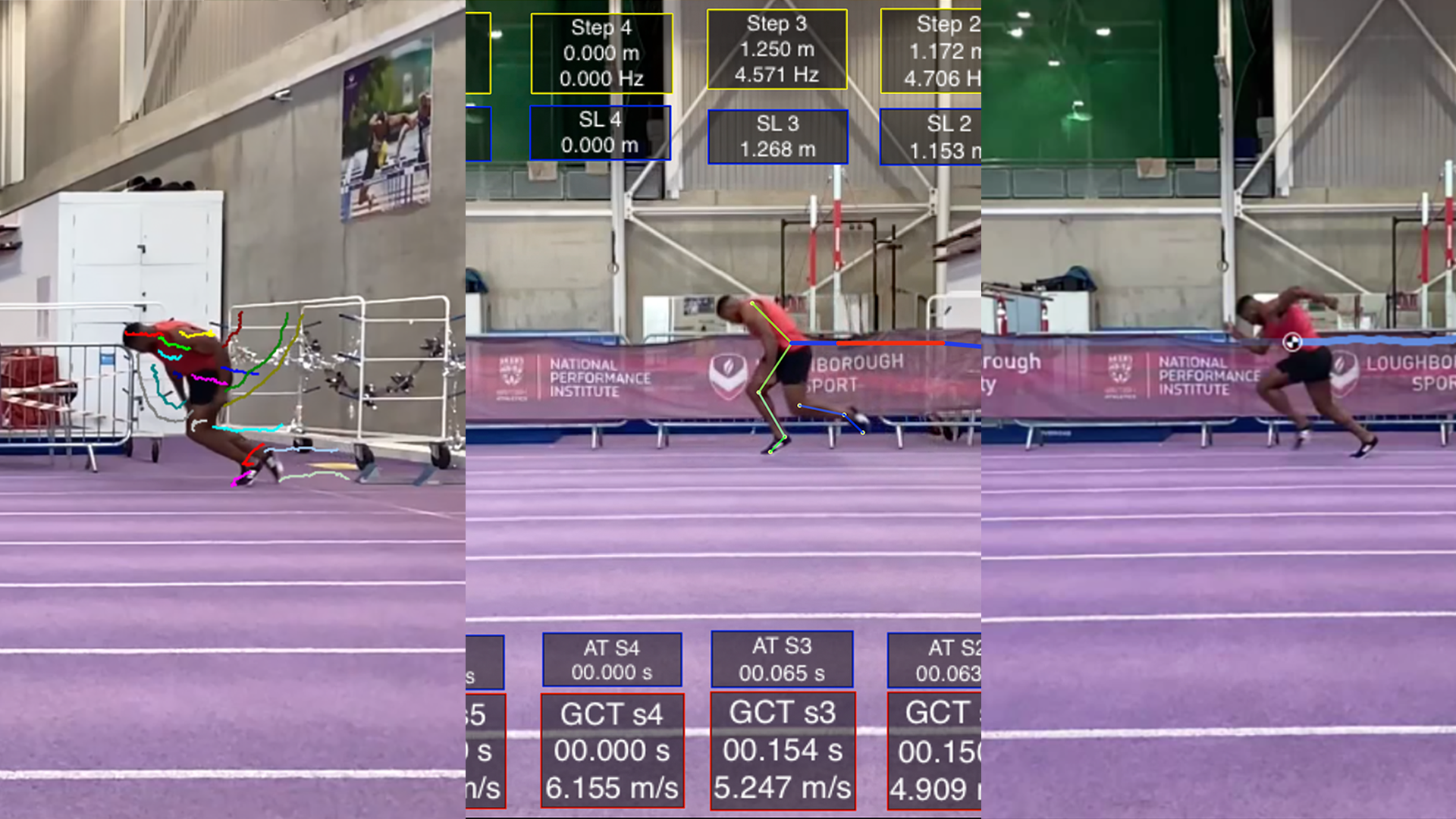Quintic vs Binary vs Kinovea Usability
Working on validation with all 3 apps
I have used Binary, Quintic and Kinovea extensively for analysis of maximal sprint and acceleration data. The layout of Binary is sleek-looking and user-friendly; all the buttons are clearly labelled so you can quickly identify the desired metric and begin the analysis. The online tutorials and templates are easy to following, allowing you to quickly get to grips with the intuitive data collection process without reading through a bulky manual. The post-processing time on Binary is significantly reduced compared to the other software as the templates automatically determine the key gait parameters so there is no need to record frame numbers or step lengths in an external programme. Another advantage of Binary is that the individual step parameters are displayed as you proceed through the video which allows corrections to be made as and when required. All these processes significantly reduce the time it takes to collect the same data with Binary compared to the other software.
Using AI
The AI model in Binary is incorporated at key events and includes only segments of interest which gives angle information alongside COM data. This decreases the processing time compared to Quintic and Kinovea as angles, step length and COM data are collected simultaneously in Binary. Both Quintic and Kinovea use a frame-by-frame centre of mass trace whereas Binary analyses the COM at touchdown and take-off events – which I felt reduces frame-to-frame user error as well as significantly speeding up the processing time. There is also the ability to add additional AI models at points of interest so the use of touchdown and take-off events in the speed templates is not a limiting factor if you require additional data.
Conclusion
It is evident that Binary has been designed in a way that biomechanists, coaches and athletes alike can easily and accurately collect the data they require. It is intuitive and user-friendly without cutting corners on the data that can be collected. Binary is game-changing for the accessibility of biomechanic data and transforms the performance analysis world in sprinting.
Rhona Lloyd
biomechanist at british athletics. sports biomechanics msc student at loughborough university. rugby player for loughborough lightning and scotland women.


